Dark-colored shirts are often personalized and made to order with sublimation printing. Sublimation differs from traditional printing methods because it uses heat to transfer dye directly into the shirt’s fabric. This makes bright designs that last a long time without cracking or peeling.
We’ll talk about the ins and outs of sublimation on dark shirts, including the pros and cons of this method and How to sublimate on dark shirts to get the best results. But first of all, we should understand how these methods work because it would help us choose the ways which work for us.
What is Dye Sublimation?
Dye sublimation is a way to print on materials like polyester, ceramic, or metal. Heat is used to transfer dye into the fabric. Sublimation dye is mixed into the material, unlike traditional printing methods that put ink on top of the surface.
This makes for a bright, long-lasting design that won’t crack, peel, or fade over time. This process uses sublimation inks to print a design on special transfer paper.
Then, a heat press moves the dye from the paper to the material. Sublimation is often used to personalize t-shirts, coffee mugs, and phone cases. It can also be used to make large-format graphics and signs.
How to Sublimate on Dark Shirts?
The best method for sublimation on dark shirts is the “White Base Layer Method.”
Required Supplies (For both Methods)
- Dark color shirt
- Sublimation transfer paper
- Sublimation ink or heat-resistant toner
- Sublimation printer
- Heat press machine
- Cutting equipment (e.g., scissors, cutting machine)
- Silicone sheet or Teflon sheet (optional, but recommended )
Method: White Base Layer
Dark-colored shirts can be hard to print with dye-sublimation because the dyes might need to appear better on the dark fabric. The white base layer method comes into play here.
Under the sublimation transfer paper, a white layer is added to the sublimated dyes can be seen. The white layer acts as a “canvas” on which the sublimated design is printed. This gives dark shirt designs that are bright and full of color.
Here’s a step-by-step guide for sublimation on dark shirts with the White base layer method:
Step 1. Prepare the shirt
It’s essential to start with a clean shirt with no wrinkles. The transfer paper will stick better to a smooth surface, so the final design will be more precise and have more color.
Step 2. Cut the white base layer
Cut a piece of white sublimation transfer paper to the size of the area you want to print on. The sublimated design will be printed on the white base layer, acting as a “canvas.”
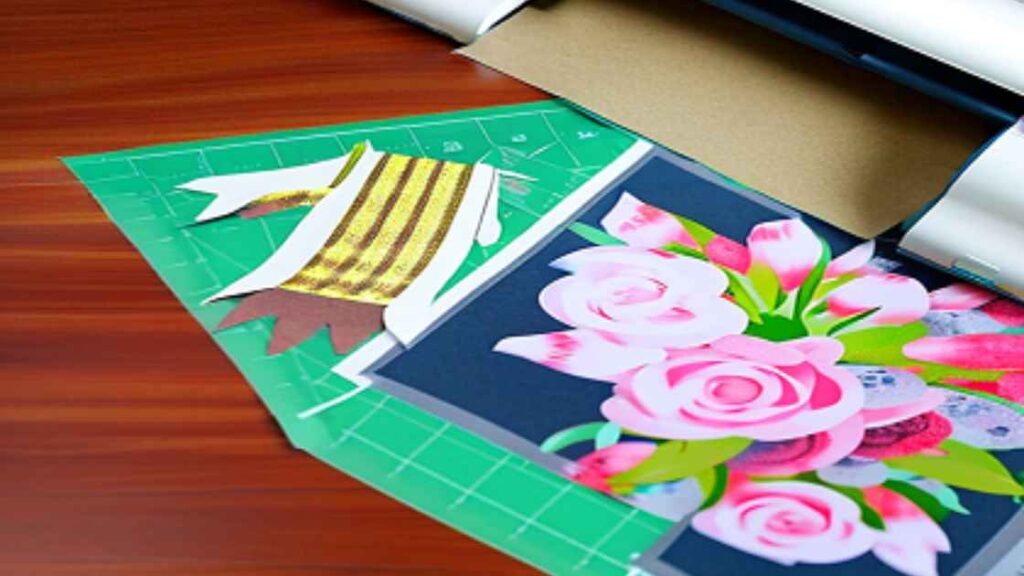
Step 3. Heat press the white base layer
Put the white base layer on the shirt in a heat press machine. Close the heat press and follow the instructions for time and temperature that the paper’s maker gave you. This will help the white base layer stick to the shirt and give the design a place to start.
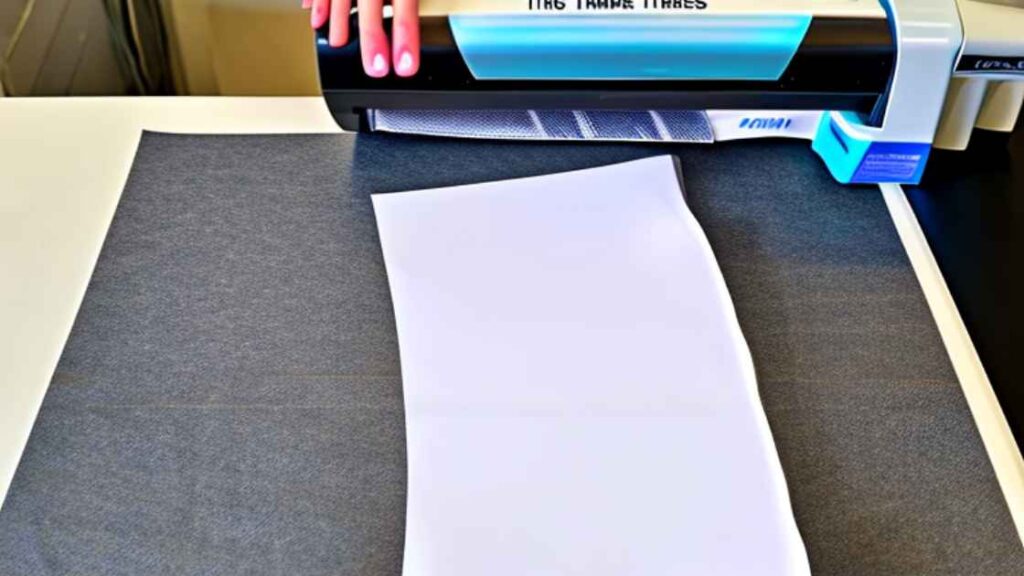
Step 4. Cut the sublimation transfer paper:
Cut a piece of sublimation transfer paper the size of the design you want to print. Make sure the design is backward because the transfer paper will be put on top of the white base layer, and the design will be transferred to the shirt.
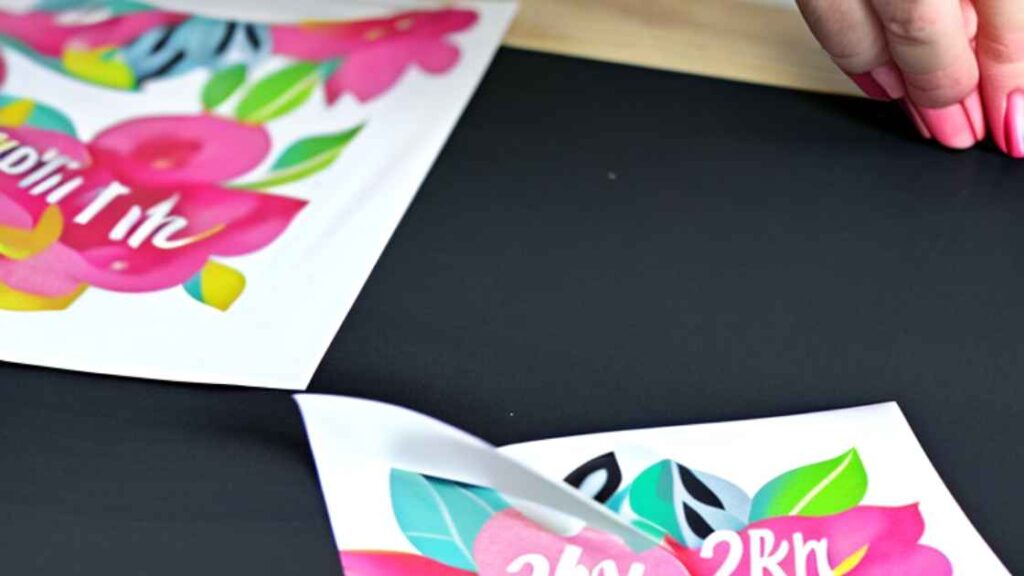
Step 5. Print the design:
Put the transfer paper in your printer and print the design. Make sure to use sublimation ink if you’re using an inkjet printer. Using a laser printer, use a toner that can handle the heat.
.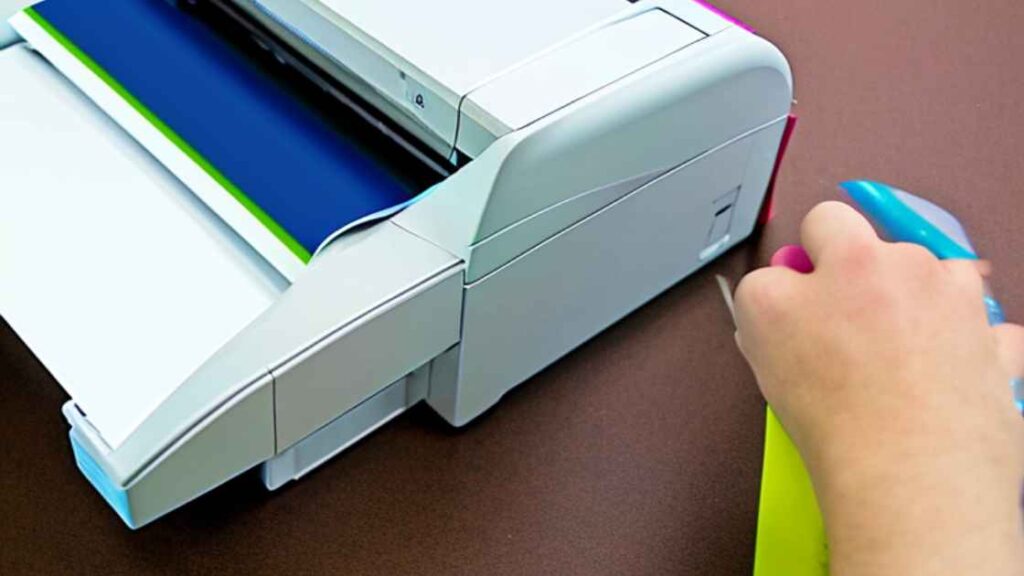
Step 6. Transfer the design:
Please ensure the transfer paper is straight when you put it on the white base layer of the shirt. Place the shirt in the heat press machine and use the transfer paper according to the manufacturer’s instructions for time and temperature. The sublimated dyes will move from the transfer paper to the white base layer and shirt because of the heat and pressure.
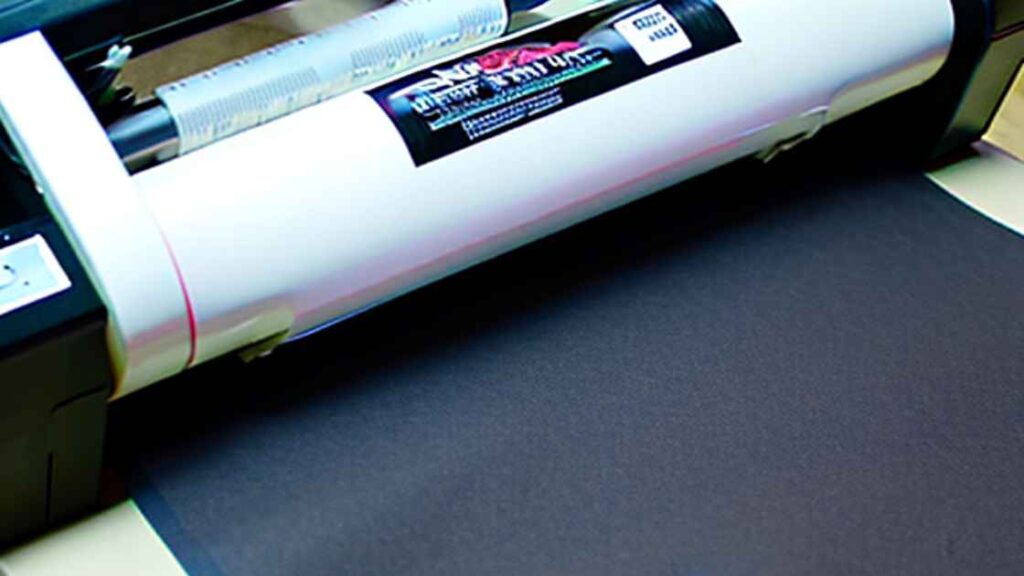
Step 7. Peel the transfer paper:
When the heat press is done, carefully peel off the transfer paper to see the design that has been transferred. Peel carefully because the transfer may not be fully stuck to the shirt yet. If some parts of the transfer paper don’t get onto the shirt, you can put it back in the heat press for a few more seconds.
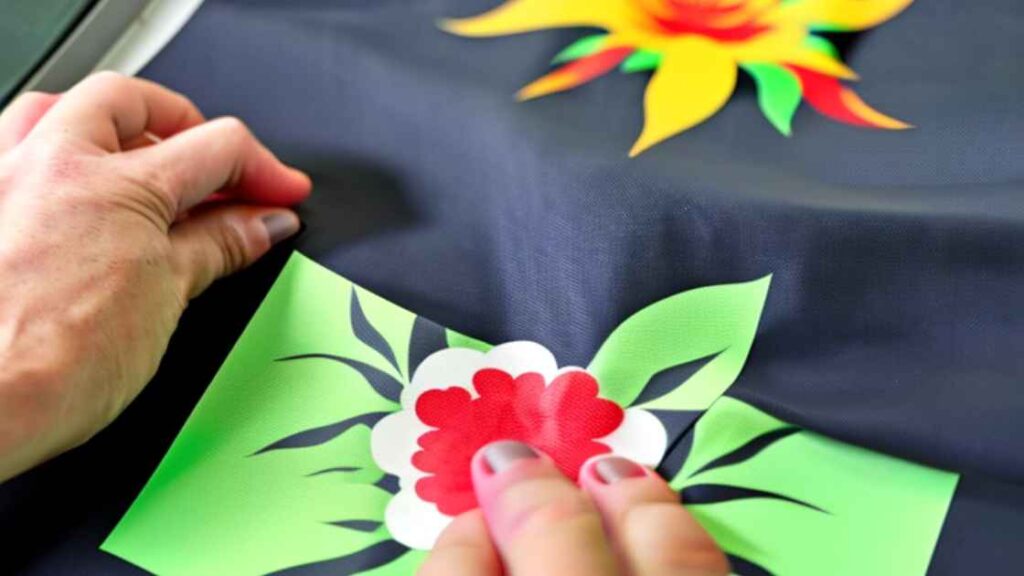
Step 8. Finish the shirt:
If you want to make the design look even better, you can add a layer of heat transfer vinyl or other details. You can also put the shirt through a second heat press to ensure the design stays on the shirt and to set the dyes.
How to Sublimate on dark shirts without bleach?
There is a method for sublimation on dark shirts without using bleach. This method is known as the “reverse printing method.” In this method, the design is reversed, printed onto transfer paper, and then placed onto the garment with the printed side facing down.
Heat and pressure are applied using a heat press, causing the dye to transfer from the transfer paper onto the garment. This method prevents the dye from bleeding through the fabric and producing a low-quality print.
Method: Reverse Printing
Reverse printing is a way to use sublimation on dark-colored shirts to make a print with accurate colors and precise details. In this method, the image is printed backward onto transfer paper so that it looks like a mirror image of the final result.
The reverse-printed idea is then put on the transfer paper, which is placed on the garment and heated and pressed. This causes the dyes to sublimate and transfer to the fabric.
Here’s a step-by-step guide for sublimation on dark shirts with the Reverse Printing method:
Step 1. Prepare the design
The first thing you need to do is make the design you want to print on the shirt. This design should be turned around to be in the right place on the garment once it has been transferred. Graphic design software like Adobe Illustrator or CorelDRAW can be used to make the design.
Step 2. Print the design
The next step is to use a sublimation printer to print the design in Reverse on transfer paper. The transfer paper needs to be made to work with sublimation ink. The sublimation ink is created to make prints on polyester and polyester-coated surfaces that are bright and last a long time.
Step 3. Cut the transfer paper
Once the design has been printed on the transfer paper, it should be cut to the correct size and shape. You can use a vinyl cutter or scissors to do this. Cut the transfer paper carefully to ensure that the design ends up in the right place and that all of its parts are transferred to the garment.
Step 4. Apply the transfer paper
The next step is to put the printed side of the cut transfer paper down on the clothing. It’s essential to carefully line up the transfer paper so that the final product is the right way up.
To keep the transfer paper from getting damaged during the heat press process, it should be put on the garment with a heat-resistant cover sheet or parchment paper.
Step 5. Heat press
The last step is to use a heat press to heat and press on the transfer paper. This causes the sublimation ink to move from the transfer paper to the garment, making a high-quality print.
The heat press should be set to the right temperature and pressure for the garment. The recommended temperature and pressure will be different depending on the type of transfer paper and garment being used.
Can you use HTV ( Heat transfer Vinyl ) for sublimation on dark shirts?
You can use HTV (Heat Transfer Vinyl) on dark shirts. HTV is a type of vinyl that can have a design printed on it and then be cut into a specific shape. The cut HTV design is then put on the shirt and heated and pressed, which makes the vinyl stick to the fabric.
But there are some things you can’t do with HTV for sublimation on dark shirts. HTV is usually used on fabrics that are light in color, and the material might not show up well on dark shirts.
Also, HTV can only be used to print simple designs or images with multiple colors because the vinyl material has a limited number of colors and can only be used to make designs with one color.
Frequently Asked Questions
Q: How to sublimate on dark shirts without using bleach?
Sublimation on dark shirts can be performed without using bleach if the reverse printing procedure is employed. Transfer printing involves inverting an image before printing it onto transfer paper, which is then applied to the garment with the design facing down. Dyes are transferred from transfer paper to the garment by using heat and pressure with a heat press. The fabric is protected from dye seepage, which would otherwise result in a subpar print.
Q: Can sublimation inks be used on dark shirts?
Yes, you can print on dark tees with special sublimation inks. These inks have a unique formula that transfers vivid colors even onto polyester or polyester-coated materials of a dark tint. Make sure your heat press is adjusted at the correct temperature and pressure before using these inks by consulting the manufacturer’s instructions. For superior quality sublimated prints on dark garments, use these inks in conjunction with reverse printing or white base layer printing processes.
Q: What is the difference between reverse printing and white base layer methods for sublimation on dark shirts?
The process by which the design is put onto the garment is the primary distinction between both approaches. In reverse printing, the pattern is printed onto transfer paper in Reverse. Then the piece is ironed onto the garment so that the printed side faces down. The white base layer method is adding a white foundation layer to the garment and then printing the design on top of it.
Conclusion
In conclusion, the design, fabric, and transfer of dark shirts must be carefully considered for sublimation on dark shirts. High-quality sublimated prints are often made with reverse printing and a white base layer. Because of the white base layer, the dyes can penetrate evenly. The reverse printing method ensures that the colors are reproduced faithfully and vividly without using bleach. The technique relies on design, fabric, and tools. Printing sublimation on dark shirts requires special equipment and inks.





